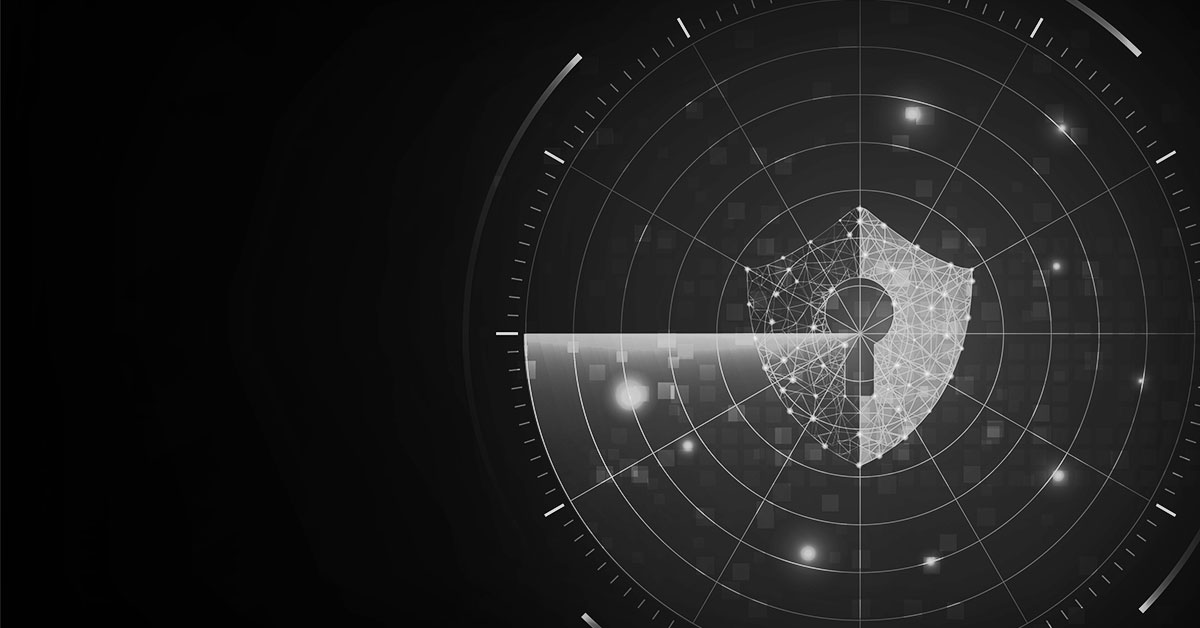Every quarter Obrela Security Industries releases its Digital Universe Study, which is a round up of the attacks targeting our customers from the last three months.
The study runs a comparison from the same quarter of the previous year to understand how attacker techniques are changing, which industries and continents are facing the most attacks and what within the IT infrastructure is being attacked most frequently.
Highlights
Some of the key findings from the latest study highlight:
- In the first quarter of 2021, Obrela’s data shows there was a 67% increase in attacks targeting organisation’s brands in Western Europe.
- Security attacks on cloud infrastructure within oil and gas organisations increased by over 24%.
- There was a 19% increase in attacks targeting endpoints and users within the banking and finance industry.
- There was a 76% increase in attacks targeting healthcare organisations.
- IoT attacks in healthcare saw an increase of 57%.
- Attacks on brand saw the biggest increase overall, with construction and food and beverage seeing a 100% increase in attacks compared to Q1 2020.
- Western Europe saw a 67% increase in brand attacks.
- Users in Western Europe were the most heavily targeted, with a 39% increase in attacks.


Putting the numbers into perspective
In the last year, the world has found itself in an unfamiliar situation, where almost every person on the planet has had to adapt their lifestyle because of the pandemic. The same goes for cybercriminals.
Our data shows that cybercriminals have adapted their attack techniques to suit the changing global environment. This can be seen in the increase in attacks targeting users and endpoints.
The healthcare industry has also come under significant pressure, particularly as vaccine programs get underway. The COVID vaccine is one of the hottest commodities on the planet, and the increase in attacks targeting the industry highlights that cybercriminals are doing all they can to get their hands on it.
One of the data points that stands out most is the increase in attacks on brands. Recent data has shown just how negatively brand damage can impact a company’s reputation, so it is not surprising cybercriminals are upping their efforts to hurt businesses at their very core. These attacks can take a variety of forms; many involve using social media as a platform to spread fake news or using c-level executive social platforms to send out phishing links.
Overall, our data shows that even despite the hardship of the last year, attackers are more determined than ever and show no signs of slowing down. Therefore, the best defence is a platform or service which can secure an organization’s digital universe – regardless of where attacks are coming from or what area of a company’s online infrastructure they are targeting. This will alleviate pressure from internal IT teams and minimize organizations becoming overwhelmed from trying to manage too many products and pieces of technology, which could inadvertently put them at risk.
The full Obrela report is available on Professional Security.





